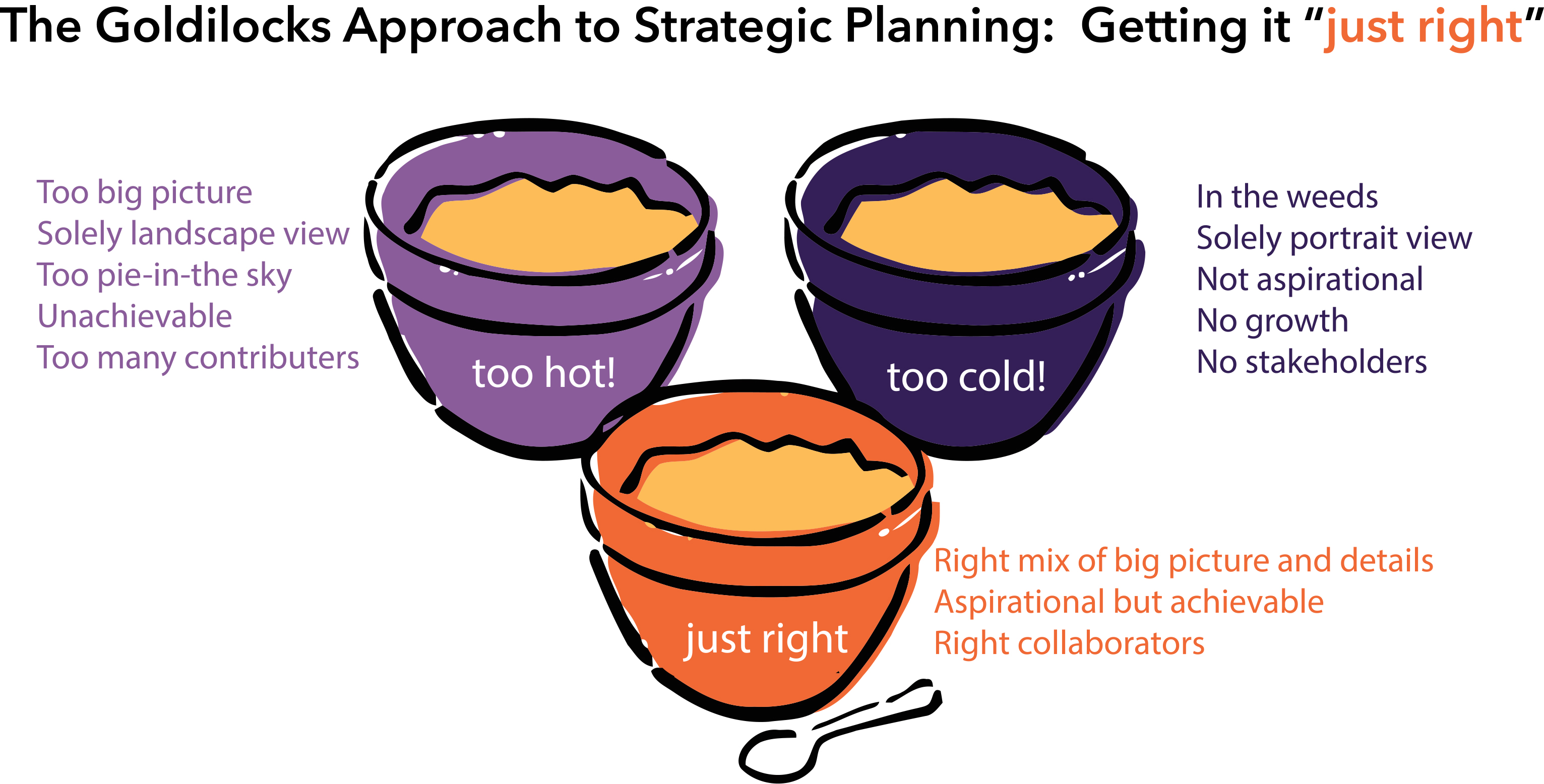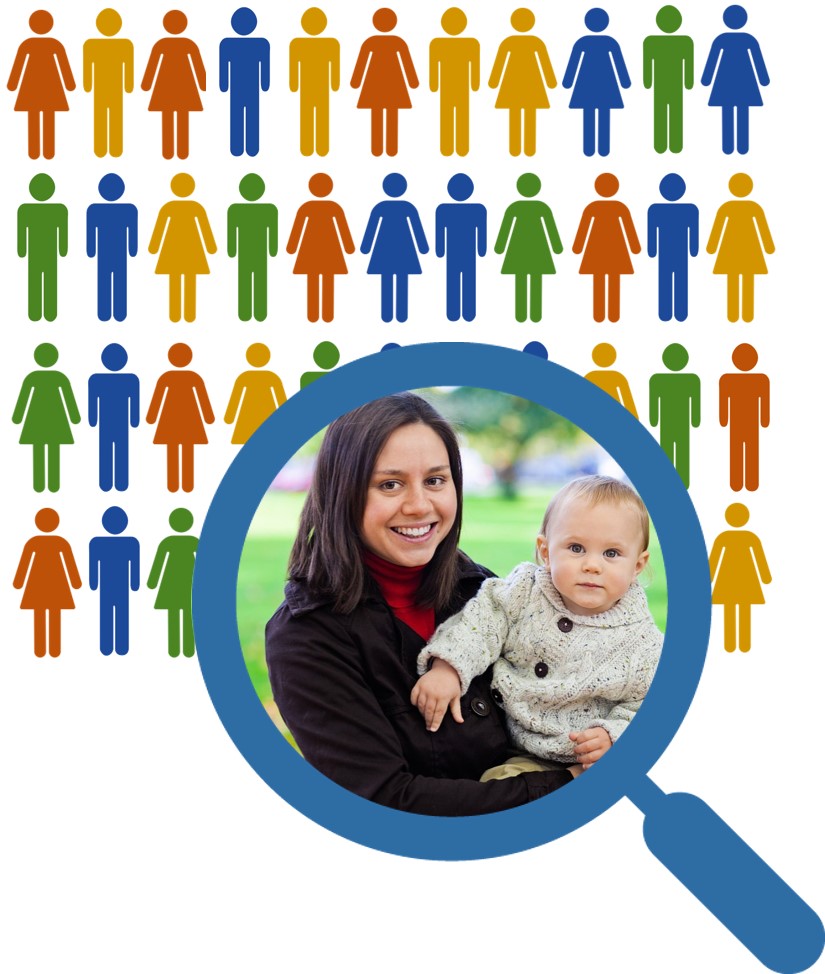 After 670 pages of critically analyzing scientific evidence from a range of disciplines, Sapolsky boils down his book, and thereby human behavior, into a single phrase: “It’s complicated”.
After 670 pages of critically analyzing scientific evidence from a range of disciplines, Sapolsky boils down his book, and thereby human behavior, into a single phrase: “It’s complicated”.
It’s complicated because biological, psychological, and cultural aspects of behavior are so intertwined that they can’t be distinguished. Although his book begins with the brain, Sapolsky shows us that this is not where behavior begins, but rather where the many factors that influence behavior converge to create behavior. His detailed analysis takes us from individual neurobiology to social systems, from fetal development to adulthood, and from evolutionary factors millions of years ago to current day.
Humans act based on emotion and cognition, which work together to keep us functioning normally in our social world. Context and culture shape not only how we behave, but how our behavior is perceived and defined – whether moral or immoral, prosocial or antisocial, violent or protective. And a different world can create a different worldview, which in turn can mean a different brain and different behavior.
While Sapolsky’s focus in this book is to unravel the complexity of human behavior, he also underscores why our work in the social sector is so important – and provides some insights into how we might approach social and behavior change. Here are three key takeaways.
1. Inequality hurts us all.
“In terms of its caustic, scarring impact on minds and bodies, nothing in the history of animals being crappy to one another about status differences comes within light-years of our invention of poverty.”
Research shows that societies with more income inequality have less social capital. People in these societies are less healthy, less likely to vote, less kind, and less likely to help each other. They experience more crime, violence, and bullying. Creating a more equitable society requires fostering a culture of cooperation, minimizing us vs. them dichotomies, and promoting shared rights and values.
We must find ways to demonstrate that an equitable society benefits everyone, and increase understanding of our shared humanity. Sapolsky provides some interesting examples of how facilitated interaction of diverse groups and putting a face to those perceived as “others” can help change negative perceptions and create social connections. Focusing on common concerns, values, and benefits rather than differences can build bridges and promote collaboration. For example, the University of Michigan Program on Intergroup Relations has been working on addressing social conflict and promoting social justice through intergroup dialogue.
2. Childhood matters.
“While little in childhood determines an adult behavior, virtually everything in childhood changes propensities toward some adult behavior.“
While stress in during crises can be lifesaving, chronic and psychological stress is detrimental to health. Adverse childhood experiences increases the likelihood of an adult having depression, anxiety, substance abuse, impaired cognitive capabilities, impaired impulse control and emotional regulation, and antisocial behavior (including violence). However, many children who experience adversity turn into well functioning adults due to protective factors that build resilience.
We should continue to focus on creating safe, stable, nurturing environments for children. This can be through intervention and support for parents, as well as programs and policies that foster a protective and positive community that can help children grow to their full potential. For evidence-based strategies and resources, check out CDC’s Essentials for Childhood Framework.
3. Doing the right thing isn’t always easy.
“It’s great if your frontal cortex lets you avoid temptation, allowing you do the harder, better thing. But it’s usually more effective if doing that better thing has become so automatic that it isn’t hard.”
Humans have a desperate need to conform, belong, and obey, which can be a negative thing when we choose to follow the crowd instead of do what’s best or right. People are more likely to resist temptation when doing the right thing has become the natural reflex, the easy thing to do. They can also be persuaded by guilt or shame (internal or external). Therefore, we need to create a culture in which doing the right thing is the norm – and not doing the right thing can have negative feelings or repercussions.
We can use social marketing campaigns like Let’s Move to promote healthy behaviors by making them fun, easy, and popular. We can also advocate for policies that reward positive behavior (e.g. tax credits for electric cars) and deter unsafe behavior (e.g. fines for not using seatbelts). Sapolsky points out though that some social issues are harder to address than others, for example violence. Because our culture frequently rewards aggression and normalizes violence through media, it creates ambiguity towards violent behavior, making it contextual rather than inherently right or wrong. Therefore, addressing violence requires significant shifts in cultural norms and values – not just education campaigns and policy changes.





